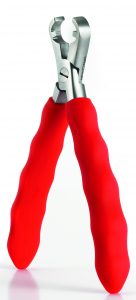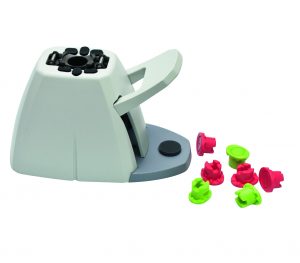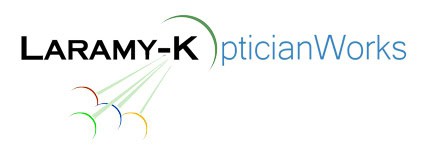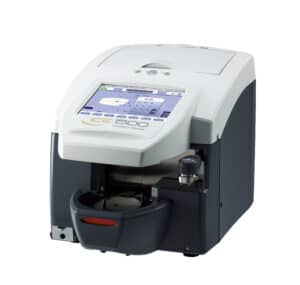Back to: 7: Finishing: The Optician’s Edge
Blockers are tools that help you to temporarily apply an adhesive pad and “block” to the front of a lens that is about to be cut to fit a frame. The adhesive pad or “leap pad” holds the block which is designed so it will only mount in the edger in the correct position for cut-out.
Much like edging, blocking can be done by hand. You do not need a blocker to attach a block to the front of a lens with accuracy. You do need a blocker if you are going to attach many blocks, to many lenses, in a consistent and timely manner. A basic manual blocker will work very well for almost all finishing work. Labs that produce high volume and specialty grinds will require high-end blockers. A high end blocker will visually guide the finishing layout process and assure lens cutout prior to placing the lens in the edger.
Some edger systems now are block-free!
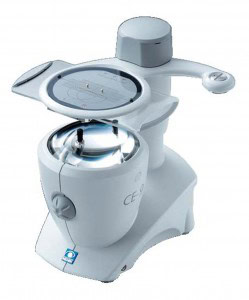
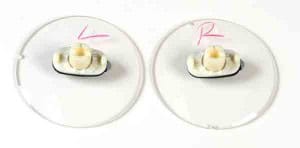
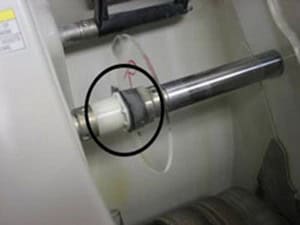
Blocks come in different sizes, shapes and materials. You will choose the one that works best for a particular application.
AR or non-glare coatings can be so slippery that a lens can slip when being ground. The industry is working on solving the problem from many different approaches. Edgers may have a “soft” or “slow” grind which reduces slipping. The lenses may have a non-slip coating. There are also different blocks, leap pads and adhesive pads all designed to reduce the risk of spinning lenses.
Do not attempt any home-grown remedies like hairspray or increased chuck pressure beyond what is recommended.
With trial and error you will find a combination that works well for your edger and lens types. Your lab may have suggestions on the best approach to use.
SUPER IMPORTANT: That AR anti-slip coating or powdercoat is some tough stuff. Be sure to fully remove it immediately after the finished lens comes of the edger and BEFORE you place it in the frame. Otherwise you will have a ring around the lens at the eyewire. Remember you don’t ever want to remove and insert lenses in frame more than you have to.
Edging requires what are called “consumables.” Every lens run will require a leap pad. Every AR coated lens will require a leap pad, riki pad and often a protective pad as well. Soft, pliable blocks will wear out over time.

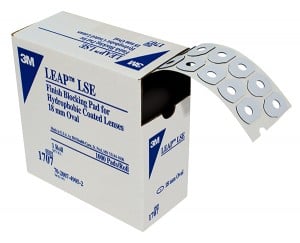
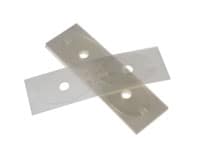
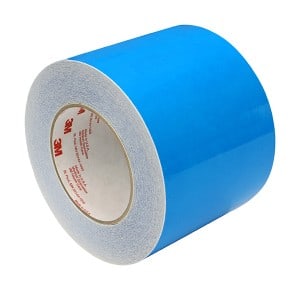
Of course if you are sticking blocks on every lens you also need a way to remove those blocks. Deblocking tools can be your fingers, a pair of special pliers or a special tool that grabs the block and peels it carefully away.
